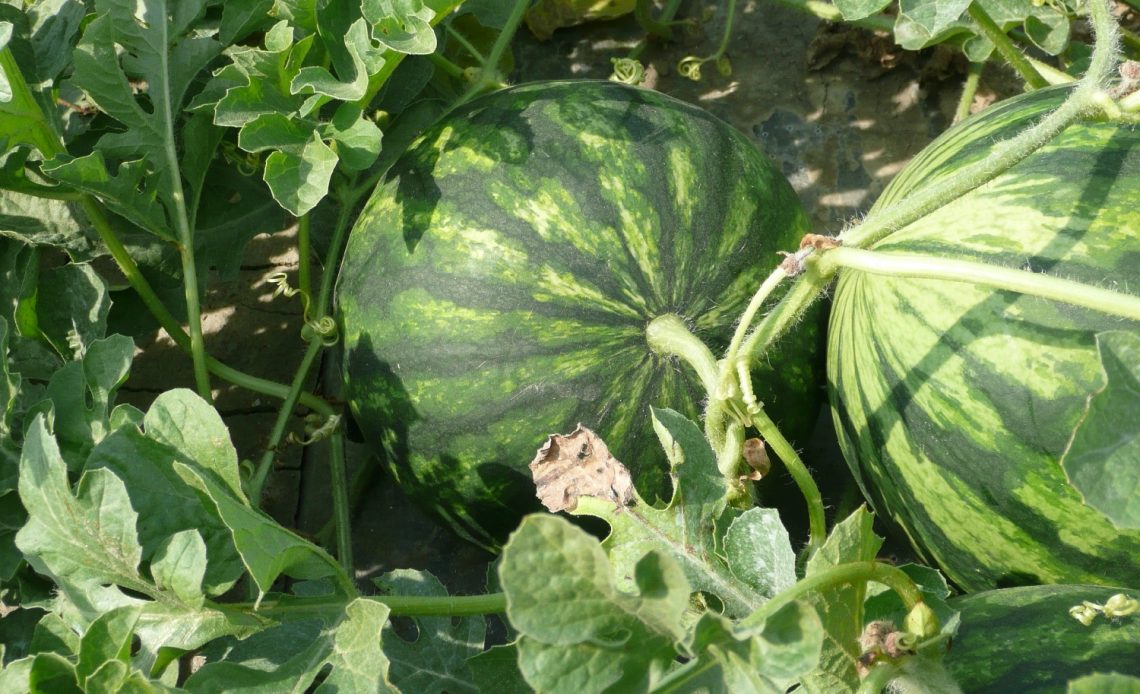

We’re here to help! Wild Yards is a completely free website that is 100% dedicated to helping you create a wildlife-friendly, sustainable yard. Read more
WildYards is reader-supported. When you buy a product through a link on our site, we may earn a comission. Every product is independently selected by our (obsessive) editors and our reviews are unbiased and objective. Read more about our mission or our privacy policy.
Summer wouldn’t be the same without a good crop of watermelons to snack on. These plants are easy to grow and they don’t require much attention. But because so many bugs prey on them, many watermelon plants die before they even produce fruit. If you want to grow better watermelons, you may be wondering how these plants can benefit from watermelon companion plants.
Watermelon companion plants like basil, lavender, and marigolds keep harmful insects away while attracting valuable pollinators, including hummingbirds. Other companion plants, like beans and corn, can offer a little shade, while sweet clover, mint, and radishes help the soil around your watermelons retain moisture.
How does companion planting help watermelon production?
Watermelon plants need moist, well-drained, loamy soil and plenty of sunshine to grow. But they also need to be pollinated, otherwise, they won’t produce. By keeping a few watermelon companion plants in your garden, you’ll encourage beneficial pollinators to visit, ensuring you get a good watermelon crop.
But watermelon companion plants don’t stop there. These plants work overtime to keep the bad insects at bay so your watermelon plants can mature. Likewise, they repel the deer and rabbits who like to nibble on new watermelon plants and eat their tender flowers.
Some plants can even add nutrients to the soil that your watermelon plants need to thrive. These plants may even influence the way your watermelons taste. If you’re committed to growing the healthiest most delicious watermelon crop possible, companion planting can help you do just that.
What are the best watermelon companion plants for your garden?
Which watermelon companion plants you choose should come down to your garden’s needs. If you want some help with pest control, choose bug-repelling plants. If you need a hand knocking out the weeds, focus on ground covers. And remember to consider your growing space. Watermelons are big plants, and they take up even more room once they start making melons. Keep these things in mind when choosing from the following watermelon companion plants.
Beans
Beans are extremely helpful in a garden because they increase nitrogen availability in the soil. Nitrogen helps watermelons grow larger, which is why many commercial farmers use nitrogen fertilizers on their watermelon crops. In fact, this is why most of the watermelons you buy from the grocery store have yellow rinds — it’s the result of nitrate build-up.
It’s worth noting that beans don’t actually add nitrogen to the soil. They just make the nitrogen that’s in the soil easier for plants to absorb. Growing bean plants near your watermelons improve soil quality naturally. Just be sure to build a trellis for your beans to climb, otherwise, they’ll get tangled in your watermelon plants.
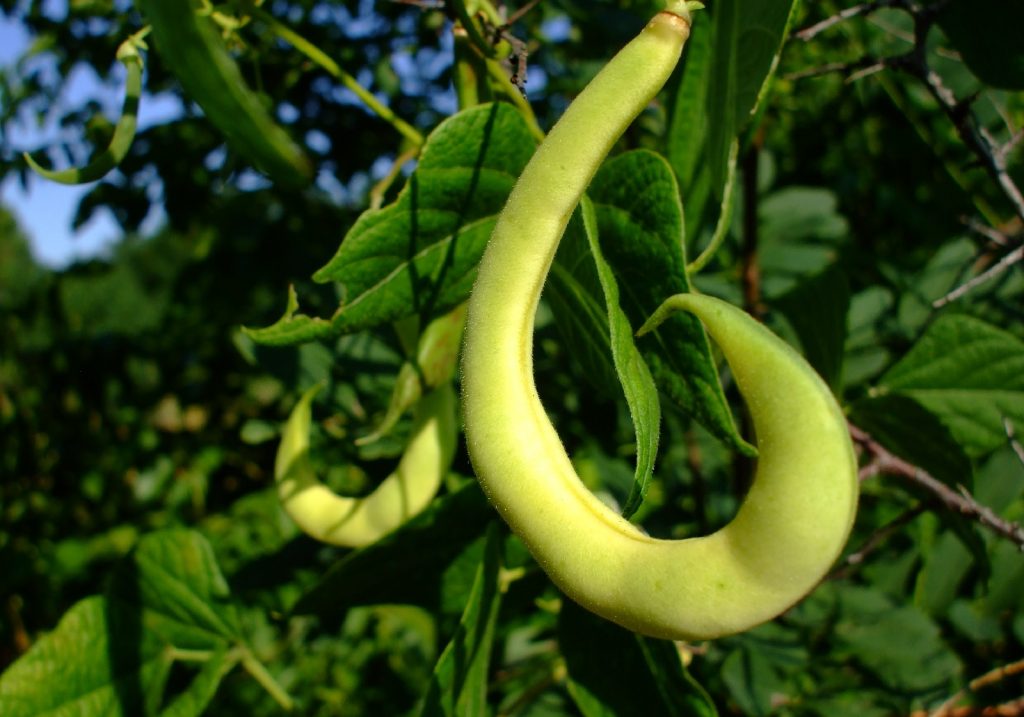
Lavender
As a flowering herb, lavender can be particularly helpful in a vegetable garden. The aromatic oils in these plants deter harmful foragers, like deer and rabbits. They also keep flies and mosquitoes away so they won’t bother you when you weed and harvest.
Lavender is an excellent choice for keeping bad bugs out of your garden. But this plant is also great for another reason: it brings more pollinators to your yard. Lavender blooms in midsummer, at a time when other food sources are scarce for pollinators, like bees. Giving these insects an additional food source will help capture their attention and encourage them to pollinate the plants in your vegetable garden as well.
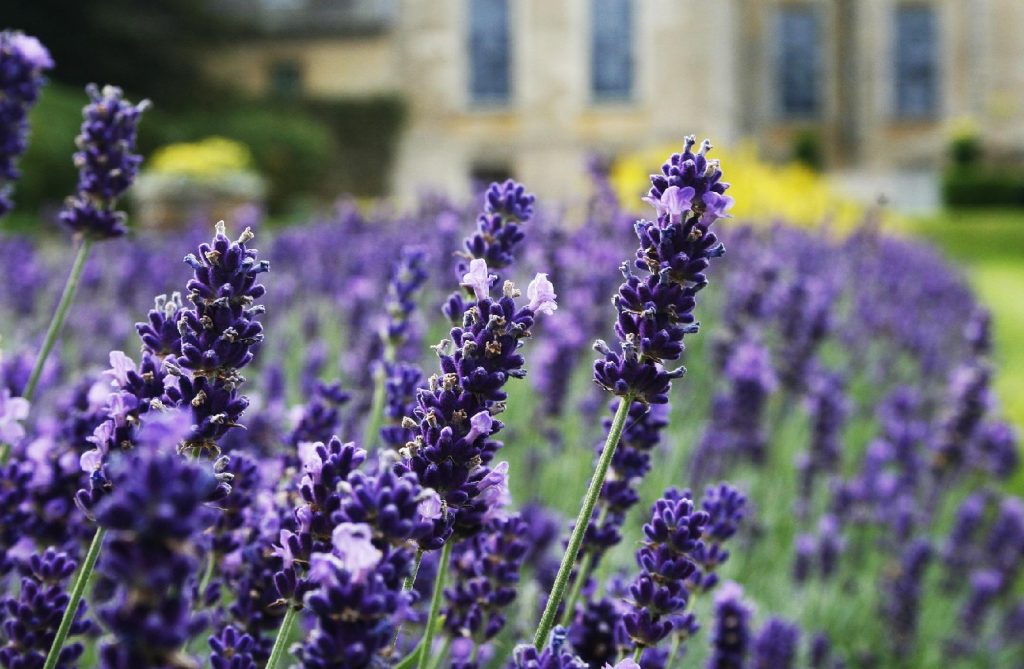
Basil
This fragrant herb is often grown with tomatoes because it helps boost fruit production and improve the tomato’s taste. But basil is an excellent watermelon companion plant, too, because it repels armyworms and thrips — two insects that can destroy an entire garden in a matter of a few days. Basil is low-maintenance and fast-growing, so it makes a perfect companion plant for any vegetable patch.
Sweet clover
If you’re having trouble attracting pollinators to your garden, use sweet clover as a watermelon companion plant. Butterflies, beetles, and honeybees all love to peruse this plant’s delicious flowers. Planting this ground cover near your vegetables will encourage pollinators to visit them as well.
Sweet clover has the benefit of being able to attract wasps, too. This is incredibly helpful because wasps prey on worms and larvae, which can ruin your vegetables before you even get a chance to taste them. Growing sweet clover throughout your garden also helps seal in moisture and prevent weeds from sprouting up.
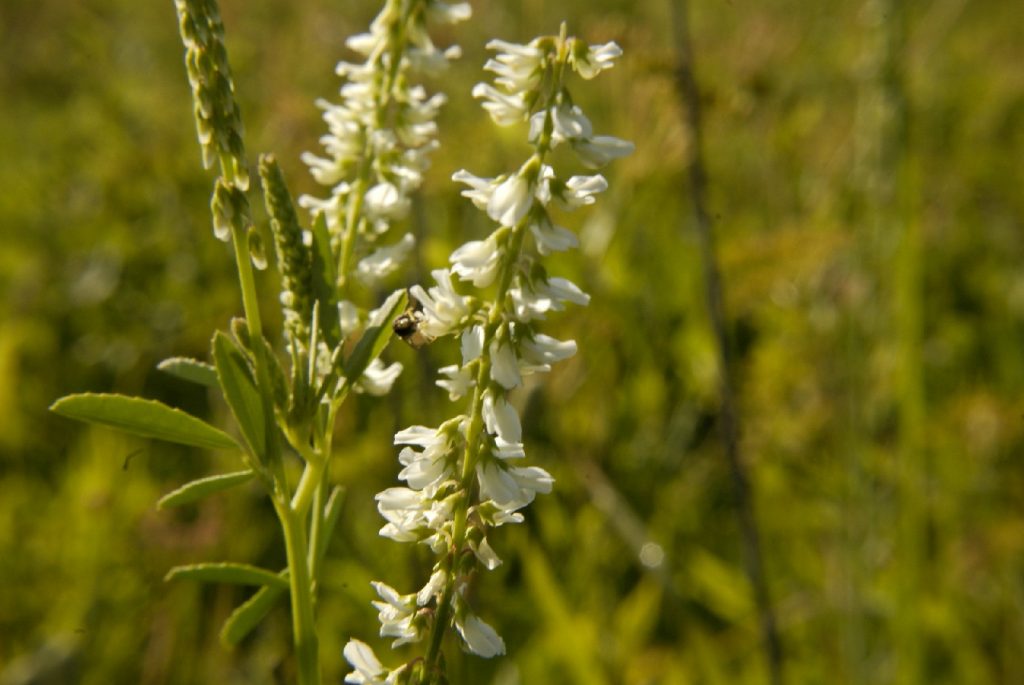
Corn
Even though watermelons like a lot of sunlight, in the southern states, especially in drier climates, you may find your watermelon plants becoming wilted in the sun. In this case, you need a watermelon companion plant that can provide some extra shade.
Corn grows nice and tall. When placed on the sunniest side of your garden, these plants offer a shady spot for the plants on the opposite side. This is the perfect place to grow your watermelons. Just be sure to water your corn often, otherwise it, too, may become wilted.
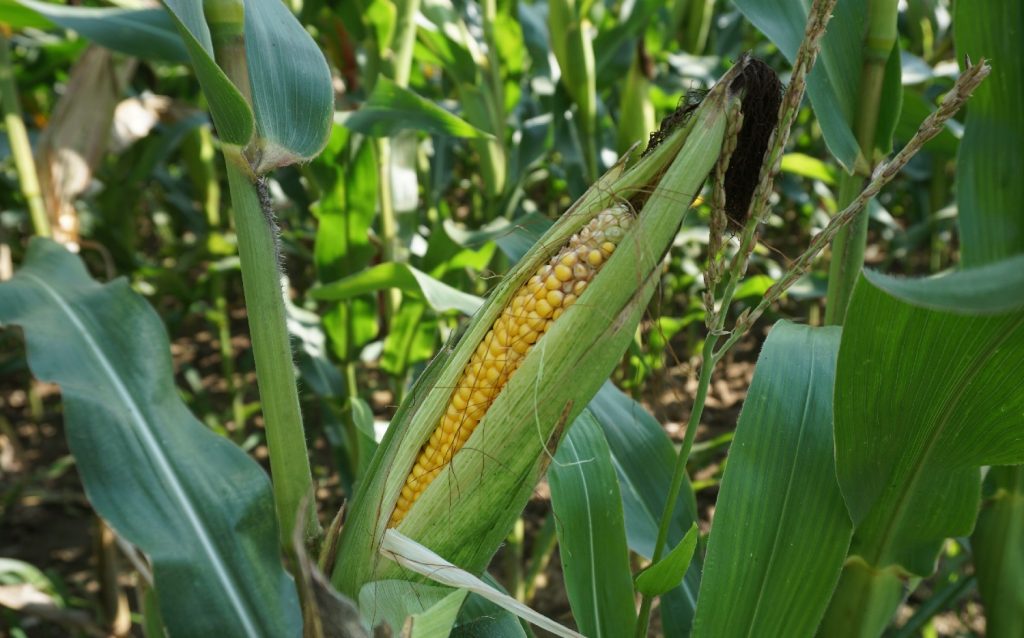
Mint
Mint plants spread rapidly in moist soil, especially where it’s shady. So this herb thrives in the shadow of watermelon’s many broad leaves. And, because mint doesn’t grow very tall, it will never smother your watermelon plants.
Like sweet clover, mint can help keep the soil damp and prevent weeds from growing. But this plant’s strong fragrance means it keeps vegetable-eating bugs away. When mint flowers bloom, they attract bees and butterflies, who love to sip on their sweet nectar.
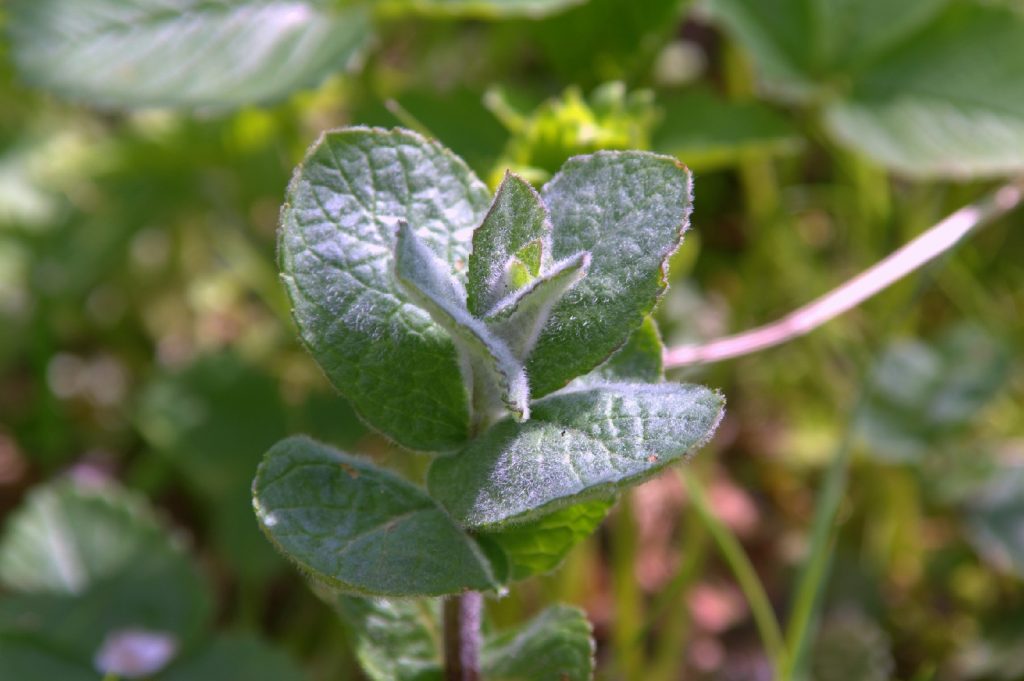
Nasturtium
Cucumber beetles don’t just eat cucumbers. They feed on watermelons, too. Fortunately, nasturtiums can keep these harmful bugs out of your garden. These plants also repel squash bugs, so they won’t be tempted to destroy your watermelons, either.
Some bugs do enjoy the taste of nasturtiums though. Aphids like to eat nasturtiums and some moths may decide to lay their eggs on nasturtiums so their caterpillars can feed on the plants. In these cases, you can use nasturtium as a trap plant, sacrificing these flowers to the insects to keep your watermelons healthy.
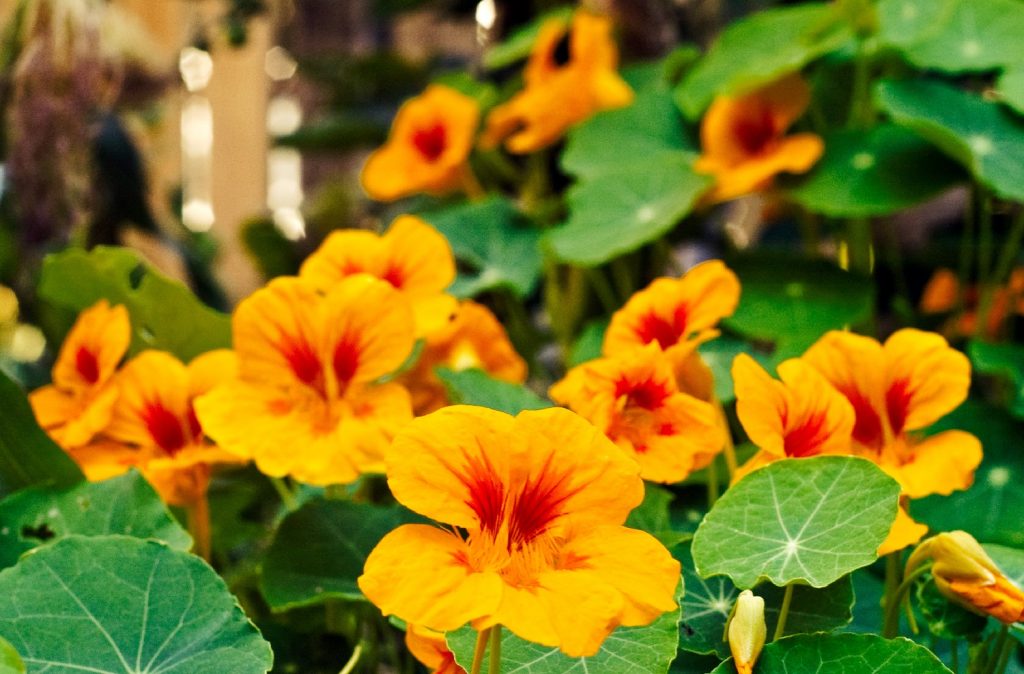
Marigolds
Pretty as they are, marigolds don’t smell very good. But we don’t fault them for that because it’s their pungent odor that makes them such a superb watermelon companion plant. Marigolds keep all sorts of garden-destroying bugs away, including thrips, whiteflies, squash bugs, cabbage worms, and tomato hornworms.
Some insects actually like to feed on marigolds. Growing marigolds near your watermelon plants will draw the slugs, snails, earwigs, and caterpillars that would normally eat your watermelon plants away from them, giving them a chance to mature.
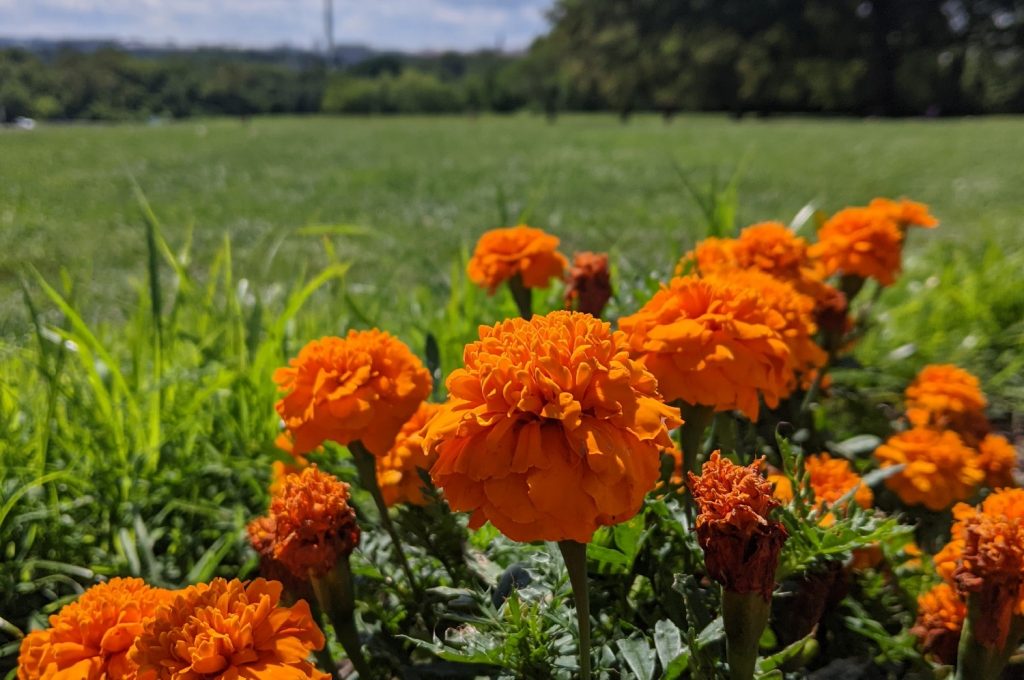
Radishes
Watermelons are by no means slow-growing, but they are slower growing than radishes, which are ready to harvest about a month after they sprout. Radishes are especially helpful as a watermelon companion plant because they fill in the space around watermelon seedlings, helping the surrounding soil retain moisture and preventing nutrient-leeching weeds from creeping in.
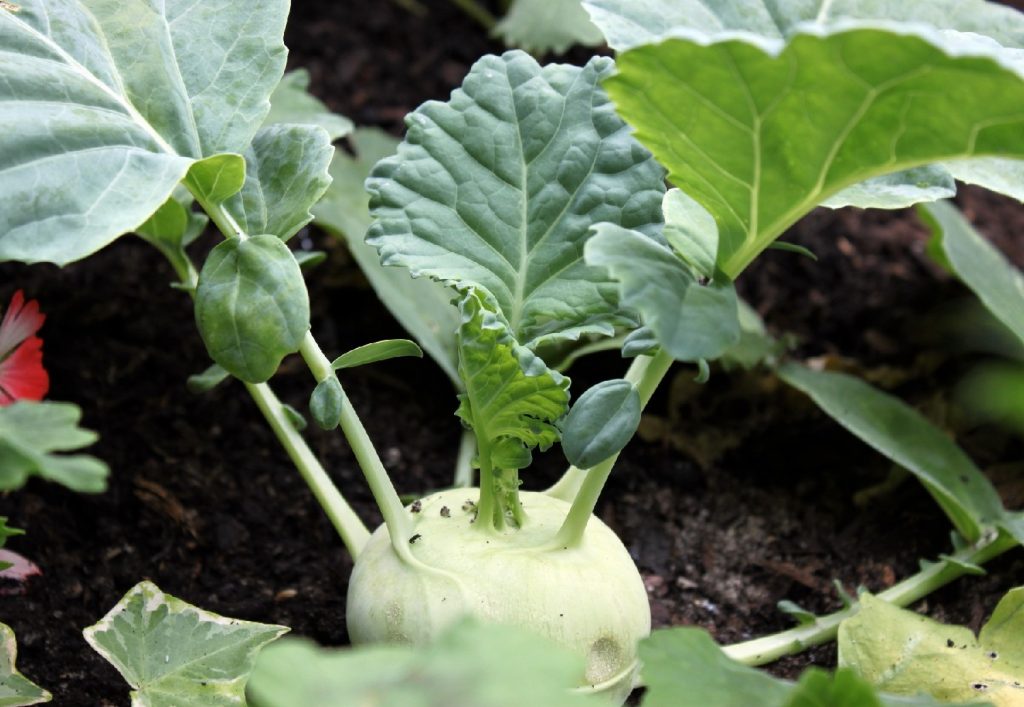
Garlic
Given the chance, rabbits will destroy baby watermelon plants. And hungry deer will bust the ripe melons open to eat the insides. Using garlic as a watermelon companion plant will send a message to these hungry critters to find a meal someplace else. That’s because garlic is full of sulfur, giving it a bitter taste and a strong odor that deer, rabbits, and other wildlife abhor.
Garlic has a similar effect on insects, who also can’t stand the scent. Interestingly, bees and butterflies are not repulsed by the smell of garlic and are happy to feed on this plant’s tall, globe-shaped flowers.
Which plants should you avoid growing near your watermelons?
Watermelons can benefit from having other plants planted nearby. But they must be the right kinds of plants. Growing the wrong plants near your watermelon crop may kill them off entirely. So when planning your garden, keep the following vegetables away from your watermelons.
Pumpkins
One of the main reasons you should avoid growing pumpkins near watermelons is because both of these plants produce large fruit. That takes up a lot of space, but it also means they both require a ton of nutrients. Planting pumpkins away from watermelons prevents them from competing. Additionally, deer love to eat pumpkins, and they may be inclined to break your watermelons apart, too, if they’re close by. Growing them far apart will help keep both plants safe.
Squash
All kinds of squash, including zucchini, can fall prey to many pests. Cucumber beetle, squash bugs, cutworms, and armyworms are just a few bugs that can destroy squash plants. When planted in close proximity to watermelons, the pests that prey on these plants may infect them, as well. Be sure to grow your squash well away from your watermelons to help keep them pest-free.
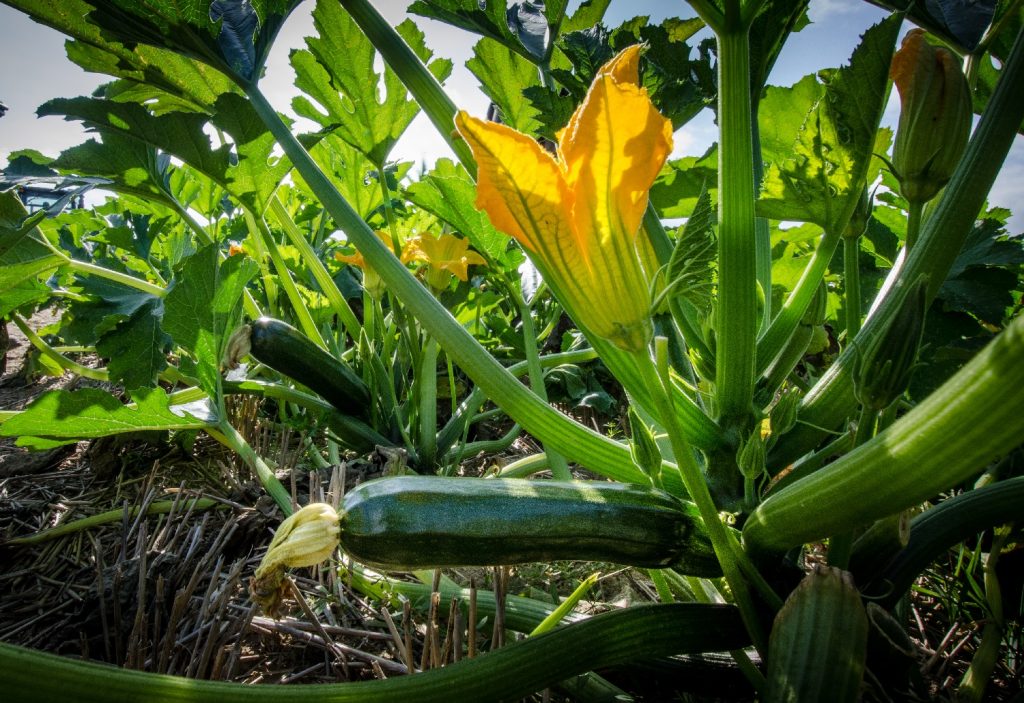
Potatoes
These large root vegetables use a lot of nutrients. This makes potatoes incredibly nutritious, but it also takes away valuable minerals that watermelons need to grow. Because they use up so many nutrients, consider growing potatoes in a separate patch away from your other veggies.
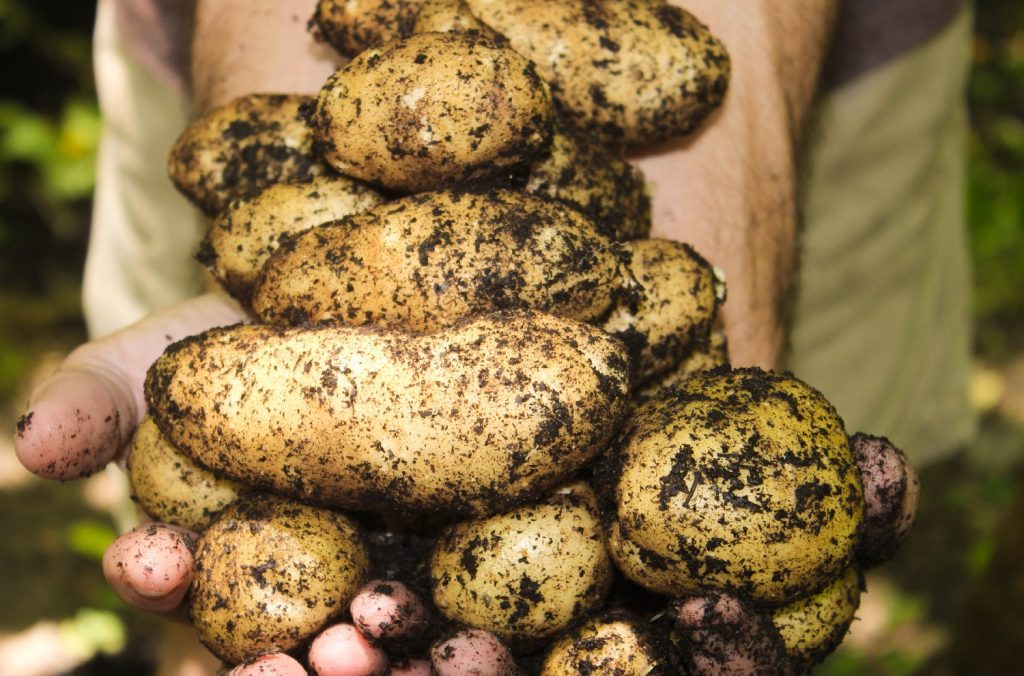
Broccoli
Broccoli and other cruciferous vegetables, including cauliflower and kale, require a lot of boron, which is what watermelon plants need to produce sweet-tasting melons. Even though planting these vegetables near your watermelons may not damage the plants themselves, it can seriously impact watermelon production, leading to fewer melons. And the resulting watermelons won’t be as mouth-wateringly sweet as you’d hope.
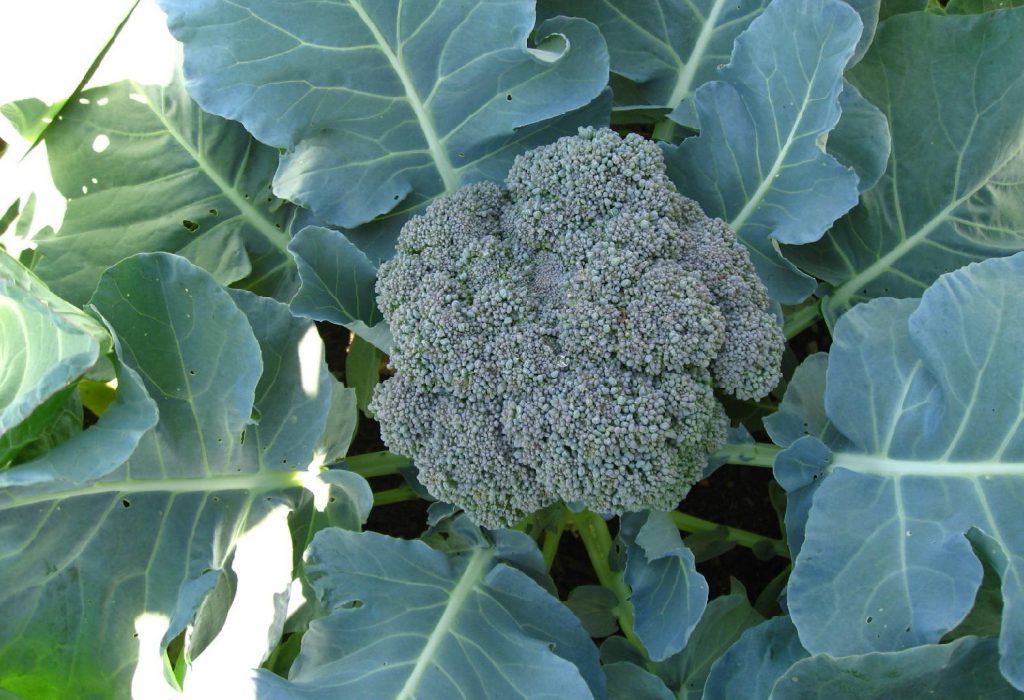
Cucumbers
These plants don’t pose a threat to watermelons nutritionally speaking, but they’re highly susceptible to watermelon-eating bugs, especially cucumber beetles. Infected cucumber plants that are too close to watermelons can cause them to become infected as well. Try growing your cucumbers away from watermelons, and near some marigolds, instead, which can help keep those destructive pests away.
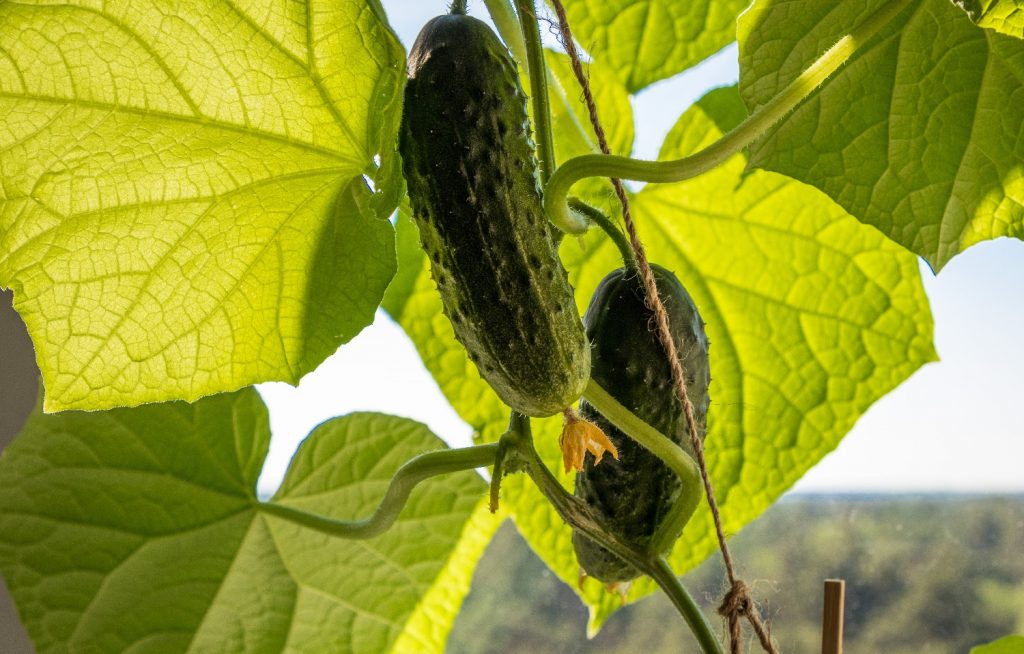
Is it worth companion planting for watermelon?
Companion planting can be time-consuming in the beginning. But you save yourself a lot of labor throughout the growing season because these plants fight pests and weeds so you don’t have to. Try growing a few watermelon companion plants in your garden. It’s a small step that can make a huge difference.
